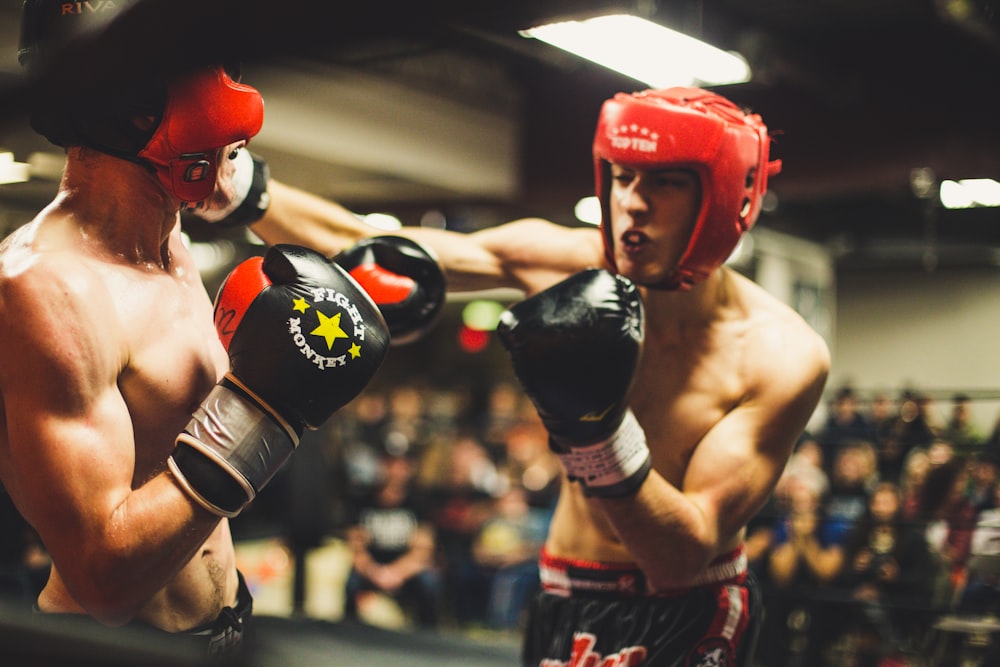Designed to Duel: How Competition Drives Progress
By instilling competition between rivals, evolution achieved an arms race of excellence. This article explores how confrontation can drive innovation.
In a verdant wetland filled with rustling reeds lives a bustling community of Eurasian reed warblers, agile little songbirds renowned for their intricate nests and melodious songs.
One sunny morning, a mysterious visitor descended upon the marsh as the warblers busily gathered materials for their nests. It was a cunning cuckoo bird, a master of deception and trickery. When the warblers were away, the cuckoo snuck into their nest and laid a single egg, a perfect mimic of the warbler's own eggs, designed to go undetected. Though slightly larger, the cuckoo egg's coloration nearly matched the warbler eggs perfectly, fooling even the keenest observer.
For weeks, the diligent warblers continued caring for their nest, unaware of the imposter in their midst. The cuckoo egg, nourished by the warbler parents, held within it a dark secret and parasitic trick soon to hatch. The cuckoo chick emerged first, swiftly evicting the warbler eggs from the nest. Nonetheless, the warblers assumed the chick was their own and continued feeding it, an expensive mistake that diverted their resources to raising another's offspring.
Coevolution of Rivals
Over time, the warblers evolved the ability to identify eggs that did not belong to them, while the cuckoos adapted by producing eggs that closely resembled those of the warblers. The warring of warbler and cuckoo illustrates a broader theme: how confrontation between competitors spurs a cycle of constant improvement.
Competition between species driving adaptations is common in nature, such as faster gazelles leading to faster cheetahs and plants evolving toxins countered by animals developing resistance.
Adversarial Improvement
This idea of competition driving AI models to improve each other struck Ian Goodfellow, an AI researcher at the University of Montreal. One night in 2014, over beers with colleagues, Goodfellow wondered if he could pit two models against each other. Each one attempting to best the other. That night the idea behind Generative Adversarial Networks (GANs) was born.
You have two models in a GAN: A generator and a discriminator. The discriminator's goal is to tell the difference between a real image and a fake one created by the generator. The generator's goal is to fool the discriminator.
With each iteration, the generator refines its skills, learning from the discriminator's feedback and seeking to surpass its adversary's discernment.
On the other hand, the discriminator becomes ever more astute, enhancing its ability to distinguish between the genuine and the synthetic. It learns to identify the minute flaws, inconsistencies, or deviations that betray the generator's efforts, just as the reed warbler develops a heightened awareness of the subtle discrepancies in the cuckoo's eggs.
This ongoing competition drives the training process, resulting in increasingly better generator outputs and more discerning discrimination by the discriminator. Yann LeCun, Facebook's chief AI scientist, hails GANs as "the coolest idea in deep learning in the last 20 years."
While GANs achieved remarkable success in generating artificial but realistic images, texts, and other media, they also have limitations. GANs are narrow in scope and lack generalizability. A GAN trained to generate convincing images of eggs, for instance, cannot generate equally convincing images of automobiles or animals.
Competition in the World of LLMs
While GANs are limited to narrow domains, large language models (LLMs) display a capacity for generalization that allows them to operate more broadly. The field of LLMs is still emerging but already shows potential for using competition to drive progress.
For example, Ethan Perez of DeepMind and NYU published a paper on "Red Teaming Language Models with Language Models," demonstrating how adversarial attacks from one LLM could be used to improve the robustness of another. By pitting models against each other, researchers can harden LLMs against vulnerabilities and produce stronger, more reliable systems.
Overall, our results suggest that some of the most powerful tools for improving LM safety are LMs themselves.
Perez et al.
A compelling example of competition evolving into collaboration comes from DeepMind's research paper, "From Motor Control to Team Play in Simulated Humanoid Football." Here, DeepMind trained pairs of humanoid models to play soccer. They ran the training for 5 simulated years or 3 clock days. While the models began by competing against each other to earn rewards, they learned how to collaborate by adopting complementary roles and strategies over time. By the end, the models could execute complex team plays and passes to defeat their opponents. Enough words! Watch the video below to see the players and the game.
Competition is Baked Into Our Society and Economy.
Competition is deeply ingrained in the natural world, driving progress through a continual cycle of adaptation. Like the warring of warbler and cuckoo, species evolve new advantages against each other, and males compete within a species for reproductive success. At every scale, competition propels life forward.
Human society and economy similarly thrive on competition. Authors and artists play the role of generators, producing a range of works, while publishers and audiences act as discriminators determining which creations succeed and spread. Entrepreneurs generate start-up ideas and vie to attract investor backing, hoping their idea proves to be the ‘golden egg.’ Countries compete for power and influence on the global stage. At every level, we live in a constant churn of competitors and selection.
Now, with generative AI, we can instantiate this competitive process in a digital form to achieve previously impossible scales of creative search. Need the optimal design for a project? Set up a competition between AI agents, with one generating a multitude of options to be evaluated by another. The evaluative agent determines which options best meet the criteria, and the generators continue their search, honing in on the solution. Like the warbler and cuckoo, these agents play their roles in the dance of coevolution - destined to duel and designed to improve




